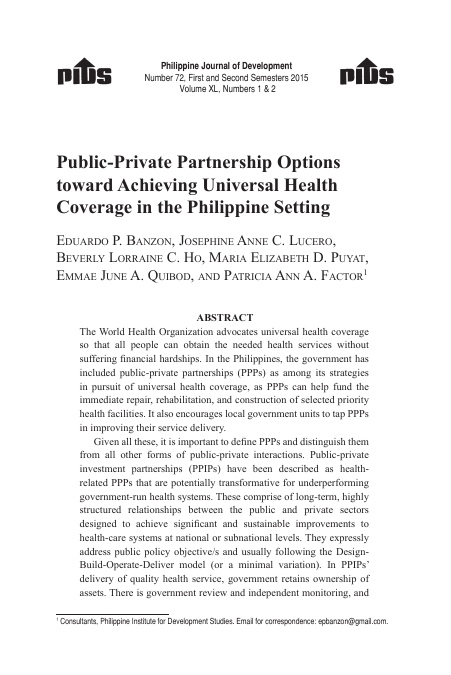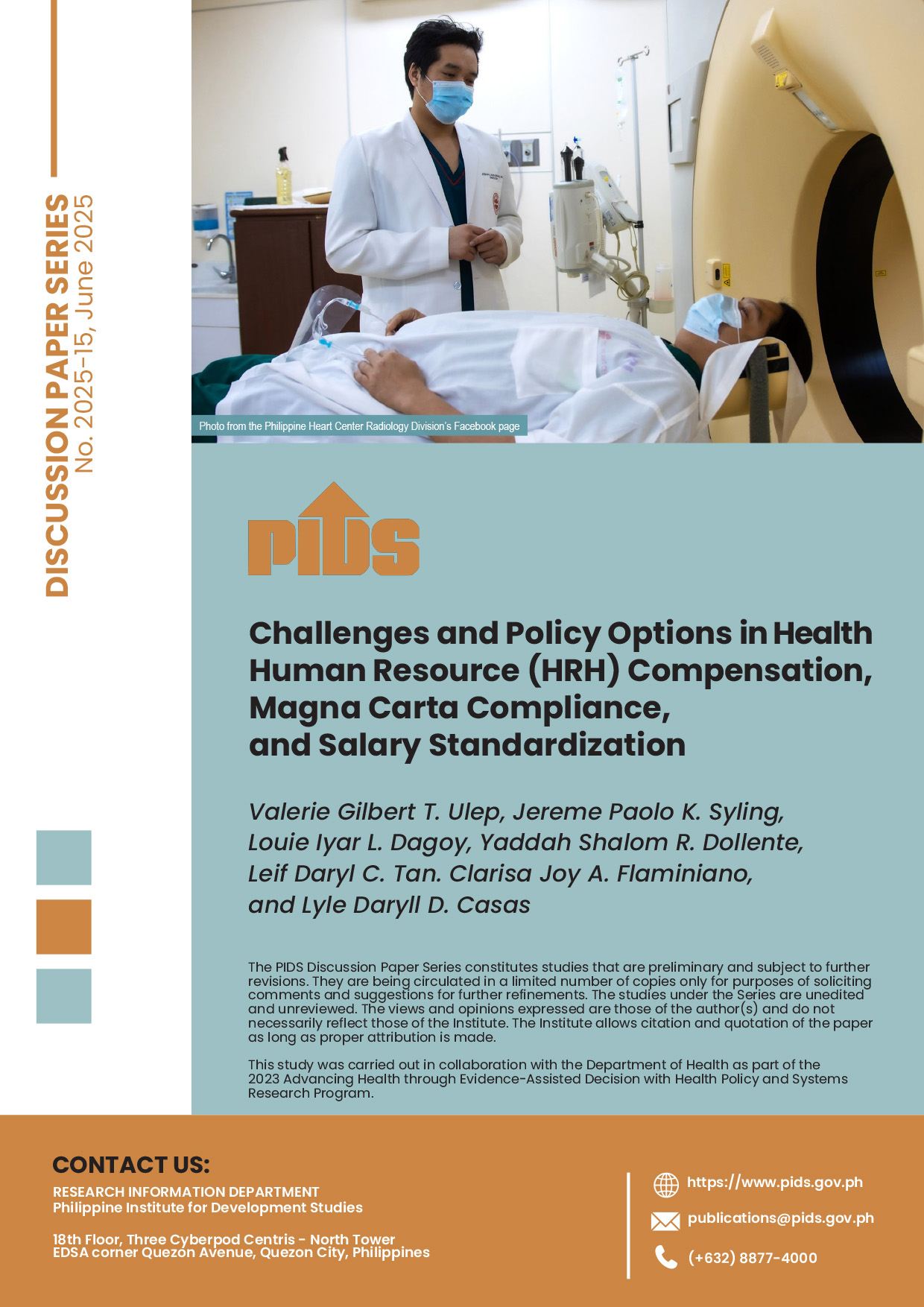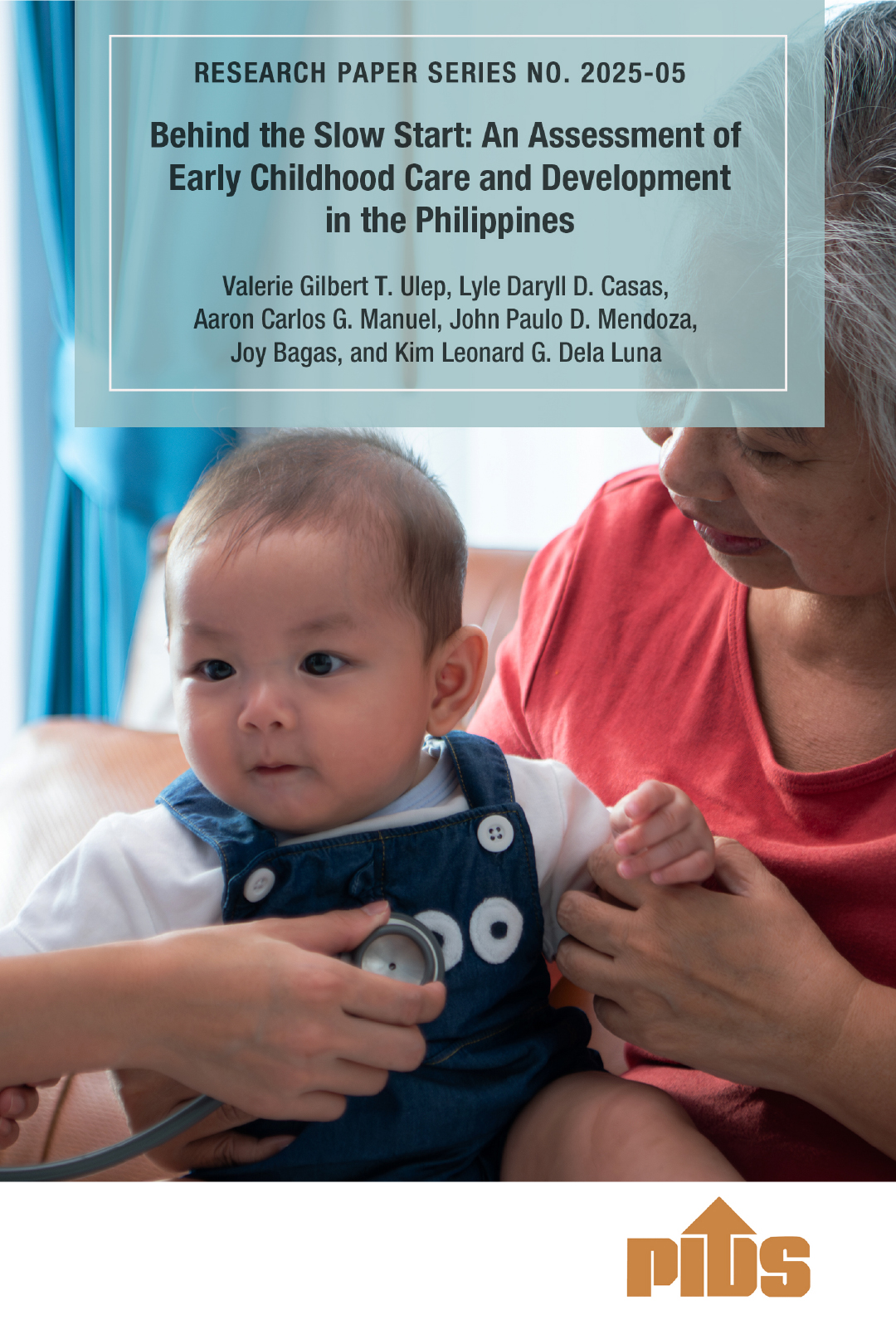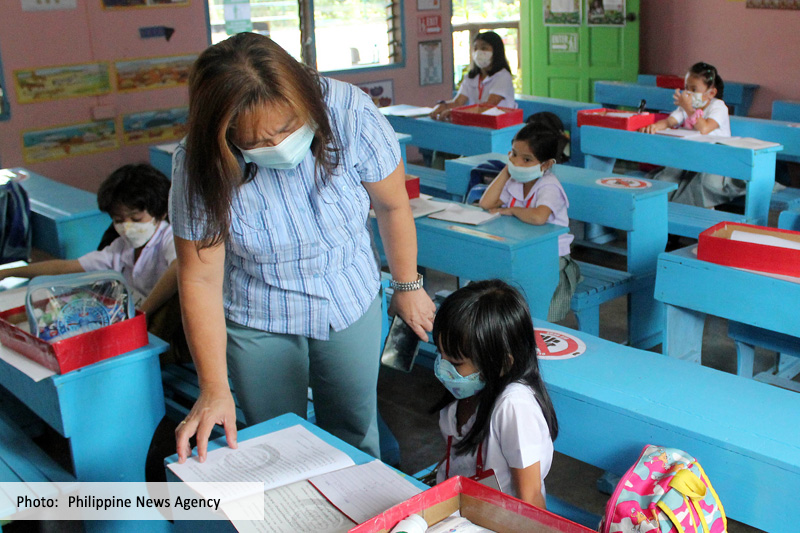The World Health Organization advocates universal health coverage so that all people can obtain the needed health services without suffering financial hardships. In the Philippines, the government has included public-private partnerships (PPPs) as among its strategies in pursuit of universal health coverage, as PPPs can help fund the immediate repair, rehabilitation, and construction of selected priority health facilities. It also encourages local government units to tap PPPs in improving their service delivery. Given all these, it is important to define PPPs and distinguish them from all other forms of public-private interactions. Public-private investment partnerships (PPIPs) have been described as health-related PPPs that are potentially transformative for underperforming government-run health systems. These comprise of long-term, highly structured relationships between the public and private sectors designed to achieve significant and sustainable improvements to health-care systems at national or subnational levels.
Since PPIPs are the type of PPPs that appropriately support the pursuit of universal health coverage, it is important that the country prioritizes PPIPs and consider the three PPIP options—namely, health-care delivery in the settings of primary care; hospital care; and an integrated system—as it moves ahead with implementing health PPPs. Although both PPIPs and public-private interactions are intended to improve the country's health outcomes, the former must be prioritized as it can improve the overall efficiency of the system. Ultimately, PPIPs must be integrated within the health system to demonstrate the country's commitment to the pursuit of universal health coverage.













